“Till the sun grows cold”: Descent
The Borg are back.
“Descent” marks an important turning point in a number of respects. Up front, it’s the first time Star Trek: The Next Generation has done a cliffhanger season finale more or less only because this is the sort of thing it does to close off filming block seasons; in other words, the first time the cliffhanger finale structure is implemented as a matter of course and functional habit instead of being the result of unexpected necessity. “The Best of Both Worlds” was born out of a narrative-melting crisis springing from the chaos of the third season’s production as well as contract disputes with Patrick Stewart’s agent. “Redemption” was a double length story done to lead into the 25th Anniversary year and to accommodate the bombshell return of Denise Crosby, as well as closing off Worf’s epic story arc about his isolation from his Klingon heritage (oh how naive we all once were). And “Time’s Arrow” wasn’t even going to be a a two-parter until the building hype for Star Trek: Deep Space Nine started to concern viewers that Star Trek: The Next Generation was going off the air.
Interestingly enough, much of this remains palpable swirling about the thematic and aesthetic core of “Descent”. Most notably, of course, the Borg. What’s important to remember about the Borg’s status in Star Trek is their joint role as extradiegetic challenge and interloping threat: The Borg are not exactly a dark mirror of the Federation, and while it’s tempting to call them purveyors of narrative collapse, they’re actually not. “The Best of Both Worlds” threatened to be a narrative collapse, but if it had been that would have been the show doing that to itself-The Borg winning was a symptomatic result of the show’s panic-stricken crisis, not the cause of it. The closest Star Trek: The Next Generation has actually come to narrative collapse is the forced artifice of “Chain of Command”, which examined the potential threat of Star Trek: Deep Space Nine dispersing its older sister by purging Bajor and the Cardassian occupation from it. Crucially, this story came not long after two other double-length episodes meant to reassure us this wasn’t going to happen (one of which even featured a cameo by the Borg). Since then, we’ve seen Gul Ocett on this side of the lot and there’s even a Bajoran extra in “Descent” itself.
In practice, the Borg are actually more of a counterfactual narrative invader. They come from Star Trek’s future, and as iconic as they may be to Star Trek: The Next Generation in pop culture they fundamentally do not belong here. The Borg represent all the darkness and ugliness the Star Trek universe inherits as part of its pedigree, the terrifying end result of science fiction’s teleology and technological determinism gone horribly right. And, keenly aware of the show’s perpetually unfulfilled potential, the Borg lie in wait for a moment of weakness to strike and appropriate.…


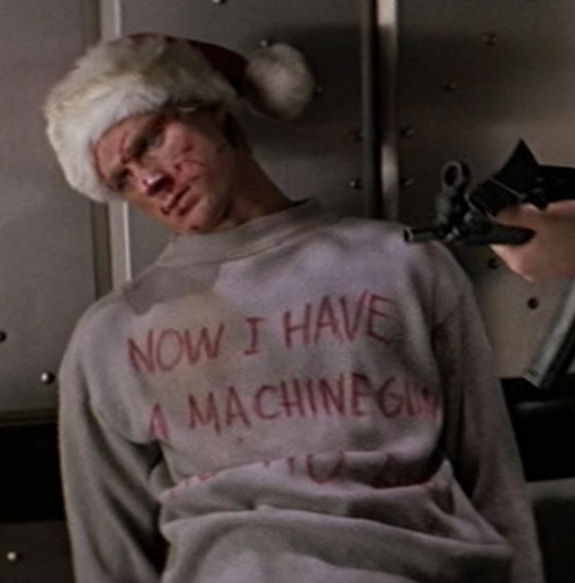 Take time off from wading through the flooded ruins of your home and join the entire ‘inner party’ (as it were) of Eruditorum Press – Holly, myself, James, Jane, Kevin and Phil – for Shabcast 14, a massive festive blather-session. (Anna was invited, but was too tired from doing little things like, y’know, fixing the site.)
Take time off from wading through the flooded ruins of your home and join the entire ‘inner party’ (as it were) of Eruditorum Press – Holly, myself, James, Jane, Kevin and Phil – for Shabcast 14, a massive festive blather-session. (Anna was invited, but was too tired from doing little things like, y’know, fixing the site.)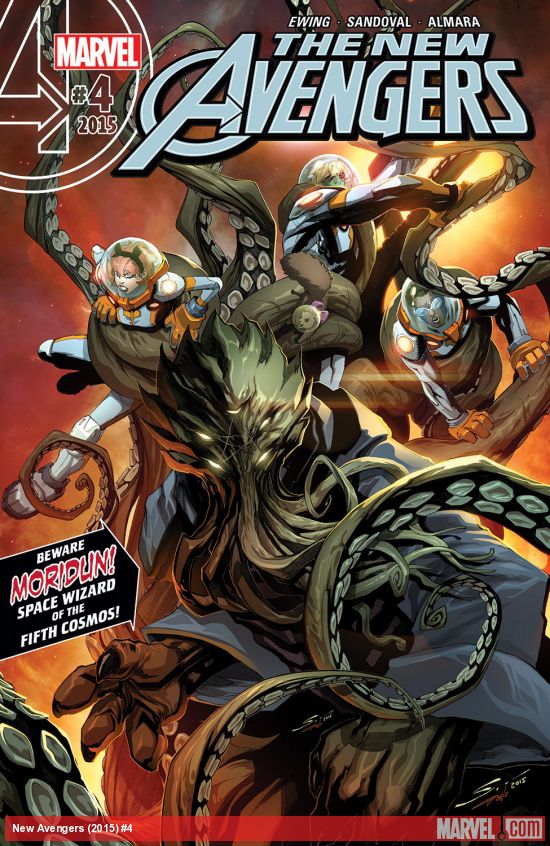 Chew #53
Chew #53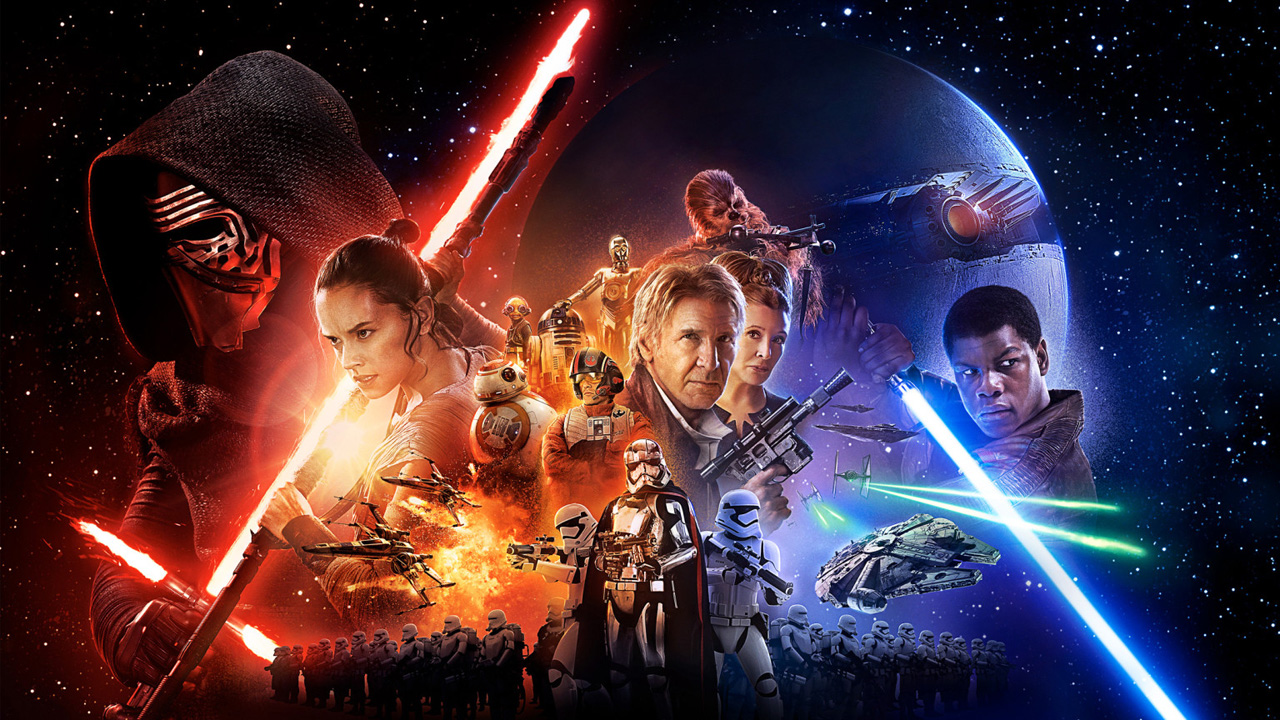 Well, it’s no “Tilotny Throws a Shape.”
Well, it’s no “Tilotny Throws a Shape.”
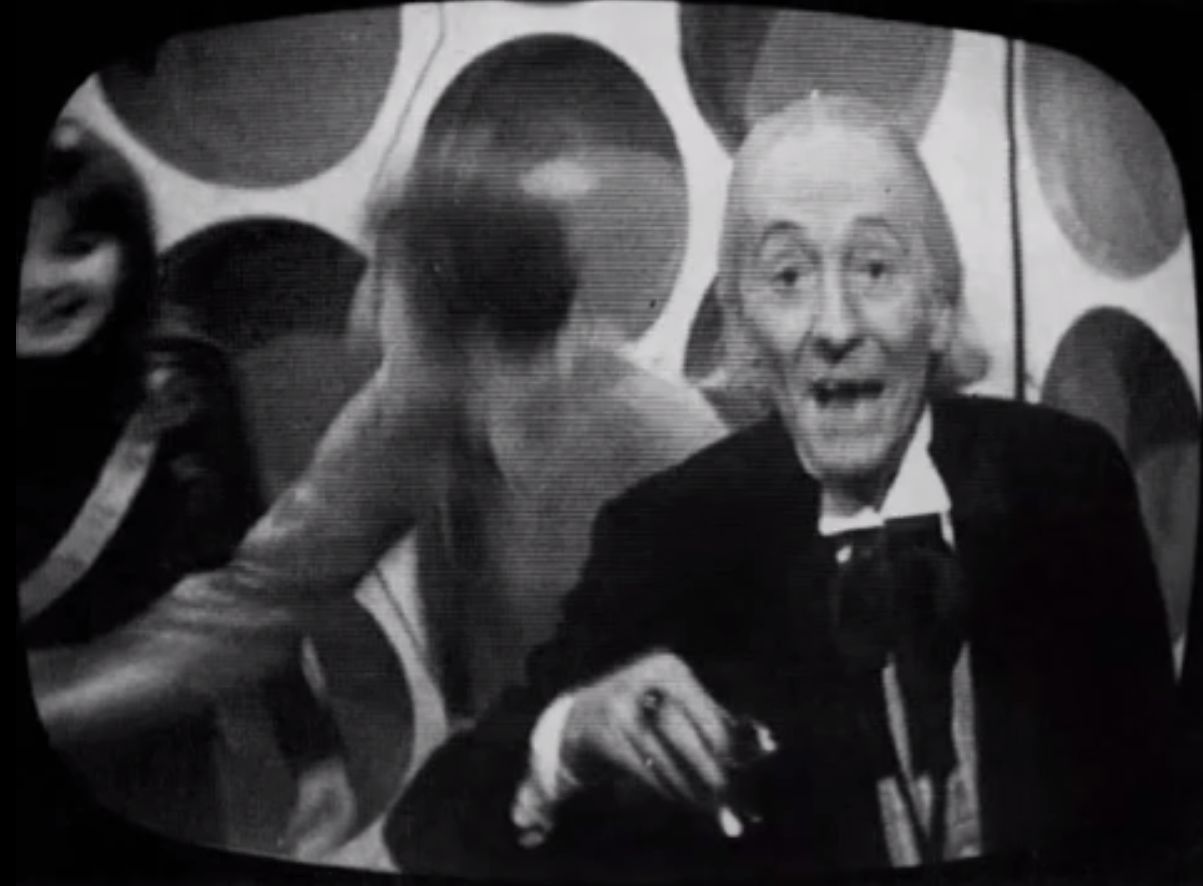 For you holiday pleasure, I gift to you this little lovely essay on The Feast of Steven. Which is neither a reference to the current showrunner, nor to the marvelous Steven Universe, despite their similarities. No, this is the seventh episode in the epic The Daleks’ Masterplan, and quite possibly one of the best therein. See, at this point in the show, as Phil so eloquently inscribed back in the early days of TARDIS Eruditorum, Doctor Who had swung away from its counterculture ethics and aesthetics, and Masterplan was certainly a part of that swerve, an insistent undermining of the Doctor’s efficacy and the show’s overall optimism. But for one shining moment on Christmas Day, 1965 (despite a singular dark splotch within that moment) this was most certainly not the case.
For you holiday pleasure, I gift to you this little lovely essay on The Feast of Steven. Which is neither a reference to the current showrunner, nor to the marvelous Steven Universe, despite their similarities. No, this is the seventh episode in the epic The Daleks’ Masterplan, and quite possibly one of the best therein. See, at this point in the show, as Phil so eloquently inscribed back in the early days of TARDIS Eruditorum, Doctor Who had swung away from its counterculture ethics and aesthetics, and Masterplan was certainly a part of that swerve, an insistent undermining of the Doctor’s efficacy and the show’s overall optimism. But for one shining moment on Christmas Day, 1965 (despite a singular dark splotch within that moment) this was most certainly not the case.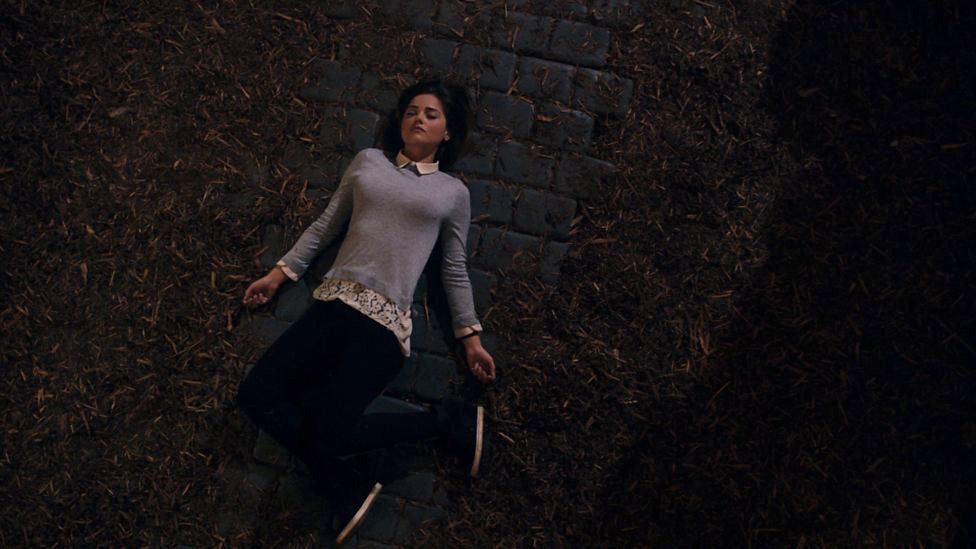 A guest post by Jill Buratto
A guest post by Jill Buratto
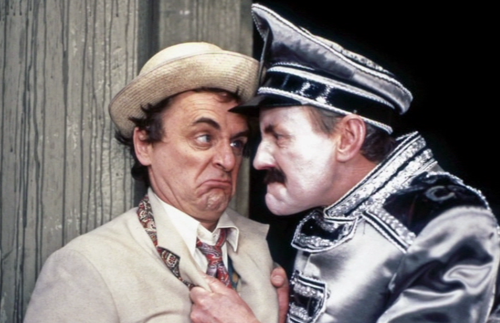 UPDATE: The original zip file (up until Friday afternoon) had a bad version of Episode 4. That’s fixed in the zip, but if you downloaded it and need episode 4,
UPDATE: The original zip file (up until Friday afternoon) had a bad version of Episode 4. That’s fixed in the zip, but if you downloaded it and need episode 4,